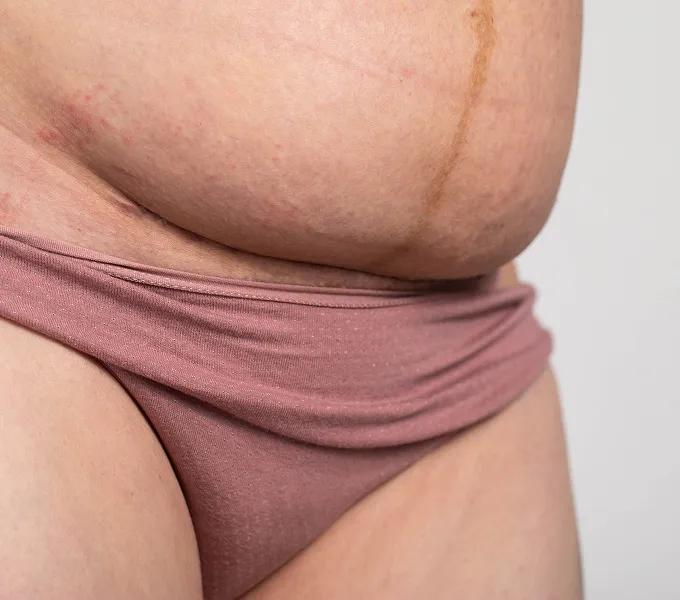
Returning to Running After Baby
In the words of The Chicks, are you ready to run?
Running is cheap, easy, and gets you outside in fresh air. We know how hard it is to get out of the house especially those first few months postpartum. And sometimes more importantly running provides huge mental health benefits in terms of stress relief. It's no wonder it's a cornerstone for so many women's exercise programs.
Many of our new moms are very tempted to throw on their running shoes right after their six week follow up appointment, but based on research and our experience, we recommend a little caution before heading straight out the door. Not all exercise is the same, so being cleared for all activities at your postpartum checkup often overly simplifies the risks and benefits of how and when you return to activity.
Running requires stability, flexibility, and good coordination of the deep core muscles, your diaphragm, abdominals, lumbar multifidi and pelvic floor. A recent EMG study showed that the pelvic floor increases its activity in anticipation of and as a reaction to the heel strike of a stride during running (Leitner 2016). So, doesn't that mean that running will help strengthen the pelvic floor postpartum? Maybe... but it's also important to think through the associated risks.
Running is also an impact activity which increases intra-abdominal pressure. The peak pressure increase during running is slightly less than what occurs when coughing, but it is cumulatively more total pressure because running is such a repetitive activity and a cough generally occurs only a few times in a row (Shaw 2014).
Your pelvic organs (bladder, uterus and rectum) are suspended in the pelvis like a hammock helf up by your pelvic floor muscles–think of them as a web of connective tissue. These passive and active support mechanisms are the only tools the body has to counteract the effects of IAP on the pelvic organs, so they must be in good working order to withstand the demands of running.
In general, we ask the following questions before making our recommendation about returning to running
1. Are you currently experiencing urinary leaking with coughing, sneezing, laughing, lifting, jumping or running? Urinary incontinence can often be a sign of a weakness in your pelvic floor muscle strength, coordination, or both that cannot withstand these increases in pressure. Pregnancy, regardless of birth mode, can weaken the pelvic floor so it produces less force with less endurance postpartum.
2. Are you currently experiencing a feeling of heaviness, "falling out," or bulging in your vagina? These symptoms indicate the likely presence of some degree of pelvic organ prolapse. This is more common than you think–prolapse occurs in up to 50% of women, and the largest risk factor for prolapse is pregnancy with a vaginal delivery. Prolapse means that you have a lack of passive connective tissue support for the pelvic organs so they can't fully withstand the effects of normal daily activities and increases in this pressure.
3. Are you breastfeeding or pumping? The presence of prolactin, which stimulates lactation, suppresses your levels of estrogen. Estrogen is the essential building block for your body in the production and remodeling of pelvic connective tissue in the female body, meaning it is an important player in maintaining mechanical strength in these tissues (Zhou 2016). Lowered estrogen levels while lactating generally means decreased mechanical strength in the connective tissue that supports the pelvic organs (regardless of the activity).
When a postpartum client asks about returning to running, we've got to to look at risks and benefits, their current symptoms, and their ultimate goals. In general, we recommend against returning to running until your body has the sufficient strength and support.
You may not be trying to become the next FloJo, but it's also important to ease back into running (both in distance and speed) when it is appropriate. Running on soft surfaces is gentler than hard surfaces, and smaller strides create less pressure than longer strides.
If someone with symptoms of prolapse feels strongly about returning to running, we often strongly suggest the use of a bladder support such as a pessary to increase passive support to the pelvic organs and decrease risk of worsening organ pressure.
You can still do cardiovascular exercise for conditioning and weight loss without as much impact. Some of our favorite options are brisk hill or stair walking, swimming, or stationary cycling (make sure to tag us in your Peloton rides!). Even doing bodyweight strengthening exercises such as squats, lunges, wall sits, wall push ups, tricep dips, and bridges in a high intensity interval format raises the heart rate and promotes improved metabolism through increasing muscle mass and cardiovascular challenge.
Additional reading and resources
- Leitner M, Moser H, Eichelberger P et al. Evaluation of pelvic floor muscle activity during running in continent and incontinent women: An exploratory study. Neurourol Urodyn. 2016 Oct 29. doi: 10.1002/nau.23151.
- Shaw J et al. Intra-abdominal pressures during activity in women using an intra-vaginal pressure transducer. J Sports Sci. 2014 Jun; 32(12): 1176–1185.
- Zhou L et al. Estrogen and Pelvic Organ Prolapse. J Mol Genet Med 2016. 10:221. doi:10.4172/1747-0862.1000221.




